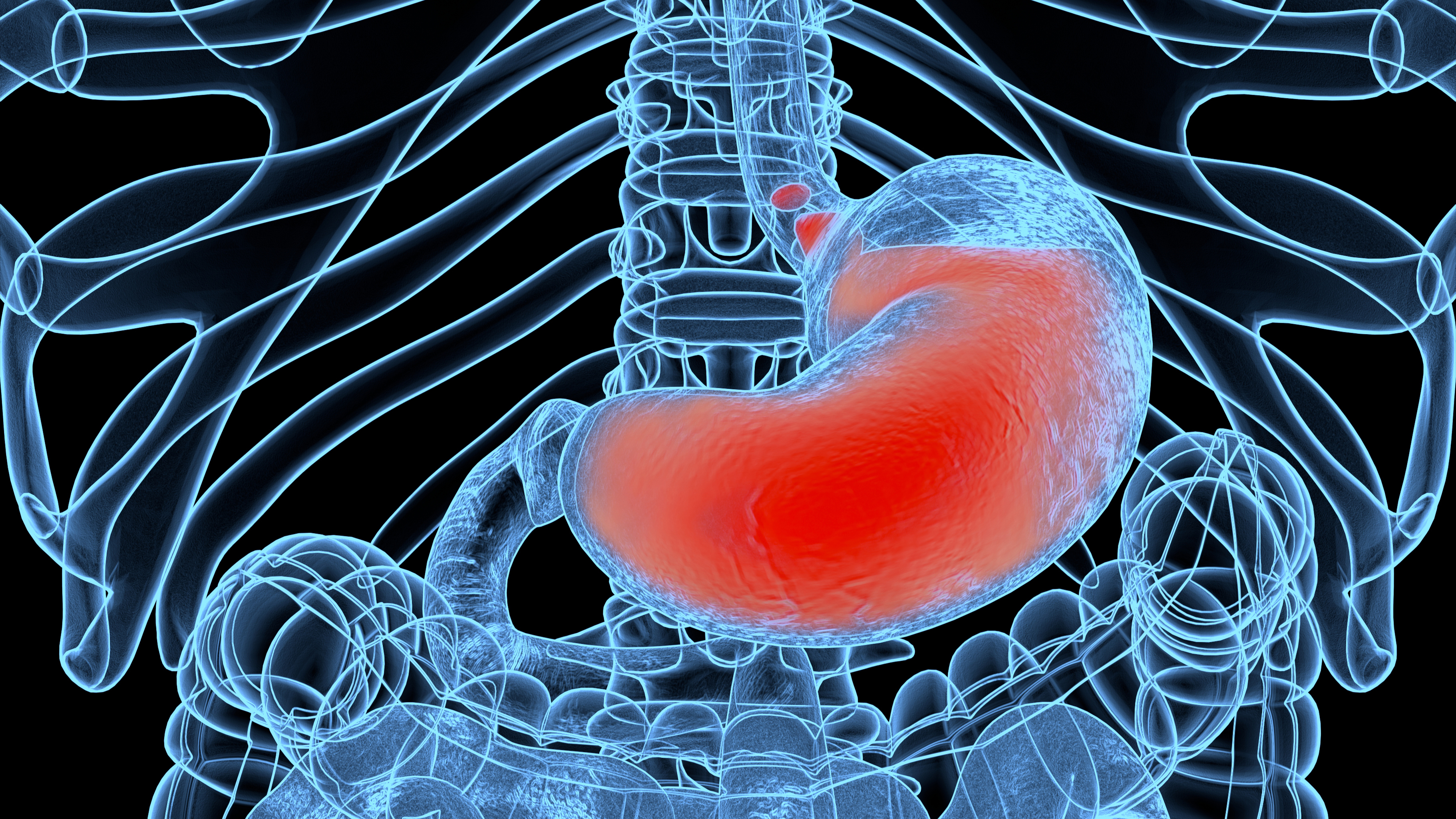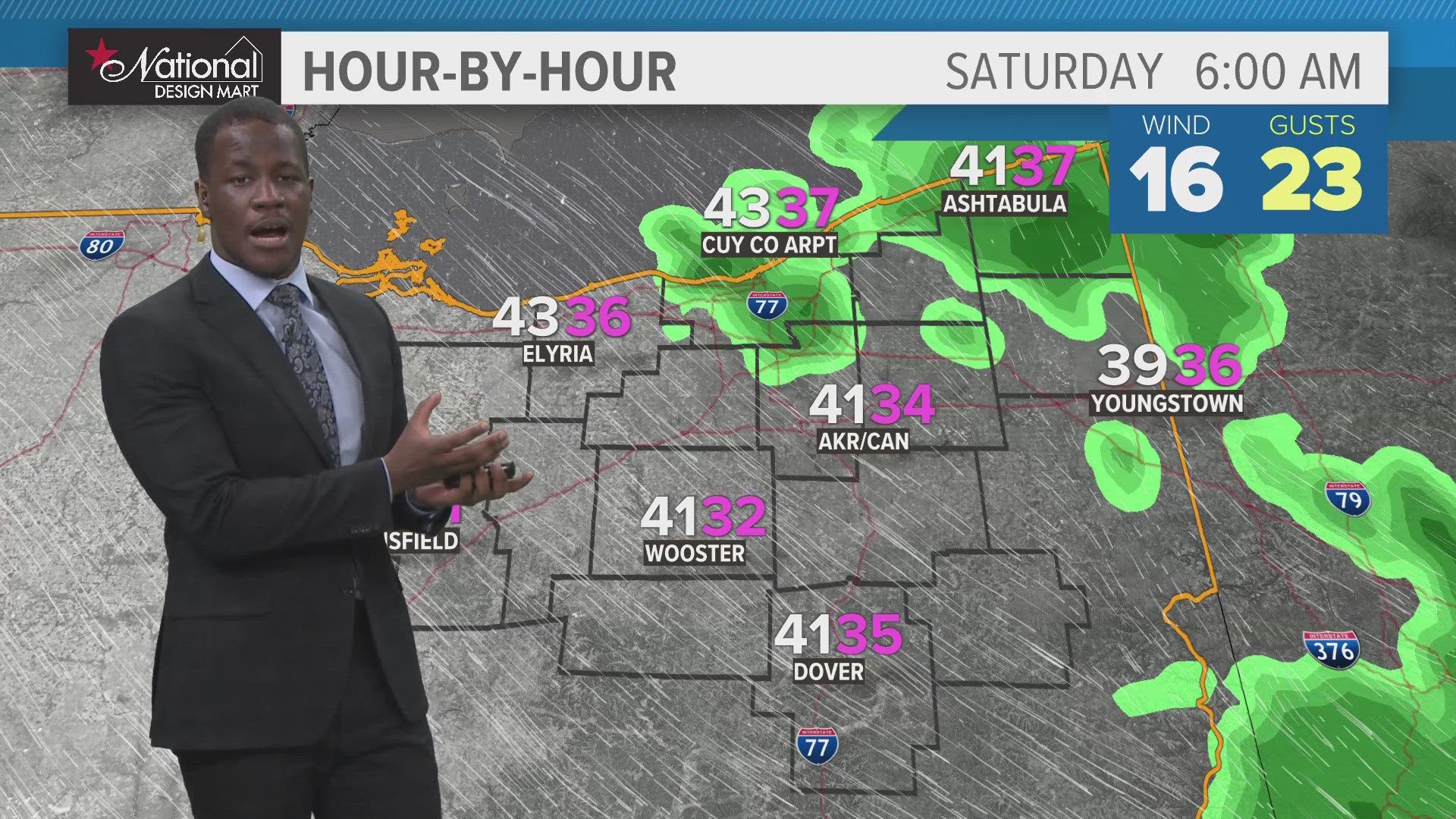Despite our best intentions to eat with restraint during the holidays, the old saw of needing to unbuckle your belt at the end of the big meal exists for a reason.
That overeating can trigger an episode of acid reflux, or gastroesophageal reflux disease (GERD). Many more of us suffer from the condition on a chronic basis, and Thanksgiving week is GERD Awareness Week.
“Acid reflux has been around forever, and if you look back in time and the old days we would say you have heartburn,” said Dr. Andrew Ross, a gastroenterologist with Virginia Mason.
Acid reflux occurs when the acid produced by the stomach enters the esophagus backwards – refluxes. Antacids are a common way to combat acid reflux, and over time medications have become more effective and potent. But they are only masking the symptoms, not treating the cause. And over time the esophagus can be damaged by the acid.
“The first-line treatment for reflux is always diet and lifestyle modification,” Dr. Ross said. “It’s important to maintain a healthy body weight – increased body weight just really increases the amount of pressure in the abdominal cavity, and there's only so much room."
Other treatments include limiting spicy foods, cutting down on alcohol consumption and smoking, as well as elevating the head of your bed to give gravity a chance to work for you. Failing to achieve significant lifestyle changes will likely mean you’ll be on meds for the long term.
Dr. Michal Hubka, a thoracic surgeon at Virginia Mason, described the condition as a mechanical failure in the body.
“It’s the failure of a flap valve, which exists between the esophagus and the stomach, to be competent,” he said. “It also can be associated with a condition called hiatal hernia, also known as para esophageal hernia, with a portion of the stomach protrudes into the chest." With this, the valve becomes incompetent and the best treatment is to repair with an anatomic procedure.
Minimally invasive procedures are available for the right candidates that will fix the valve.
“Patient selection is key,” Dr. Ross said. “This is not for everybody. These days the surgery is performed usually with a laparoscope using multiple, small, tiny incisions. The stomach is wrapped around the lower portion of the esophagus to strengthen that flap valve. If there's a hiatal hernia present, meaning the portion of the stomach is actually sitting up in the chest cavity, that can be repaired at the time of the surgery.
“But there's also now an (even) more minimally invasive option," said Dr. Ross.
Called Transoral Incisionless Fundoplication (TIFF), an endoscope is used with an attached device to wrap the top of the stomach around the lower portion of the esophagus. This not only prevents acid reflux, but also leaves no scars.
For more information on GERD and its treatments, visit the Virginia Mason website.
Sponsored by Virginia Mason. Segment Producer Joseph Suttner. Watch New Day Northwest 11 AM weekdays on KING 5 and streaming live on KING5.com. Contact New Day.


